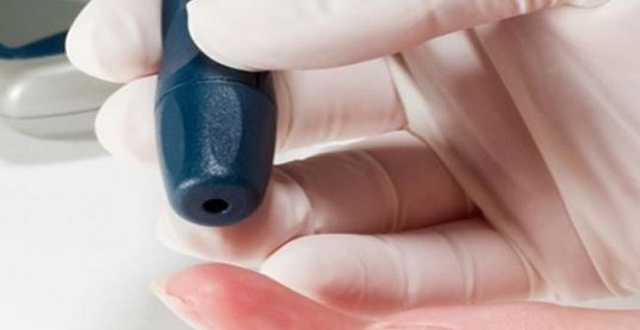Periodic fasting combats diabetes risk factors
Researchers have identified that periodic fasting could reduce cholesterol levels in people with the amount of glucose higher than normal.
Scientists at the Intermountain Heart Institute in Murray, United States, found a biological process in the body that is able to convert bad cholesterol in fat cells to energy.
The identified process help combating diabetes risk factors in prediabetic people, reported at the 2014 American Diabetes Association Scientific Sessions in San Francisco on June 14.
Researchers monitored the participants who were prediabetics, including men and women between the ages of 30 and 69 with a least three metabolic risk factors.
Prediabetes means the amount of glucose in the blood is higher than normal but not high enough to be called diabetes.
The study shows that after 10 to 12 hours of time fasting, the body starts seeking to get energy from other sources to sustain itself.
In seeking process the body pulls LDL (bad) cholesterol from the fat cells and uses it as energy.
While the fat cells are major contributor to insulin resistance, which can lead to diabetes, fasting through eliminating and breaking down fat cells can minimize insulin resistance.
“Fasting has the potential to become an important diabetes intervention,” says the study leader Benjamin Horne, PhD, director of cardiovascular and genetic epidemiology at the Intermountain Medical Center Heart Institute.
“Prior studies also showed decades of routine fasting were associated with a lower risk of diabetes and coronary artery disease. The issue led us to think that fasting is most impactful for reducing the risk of diabetes and related metabolic problems,” Dr. Horne explained.



